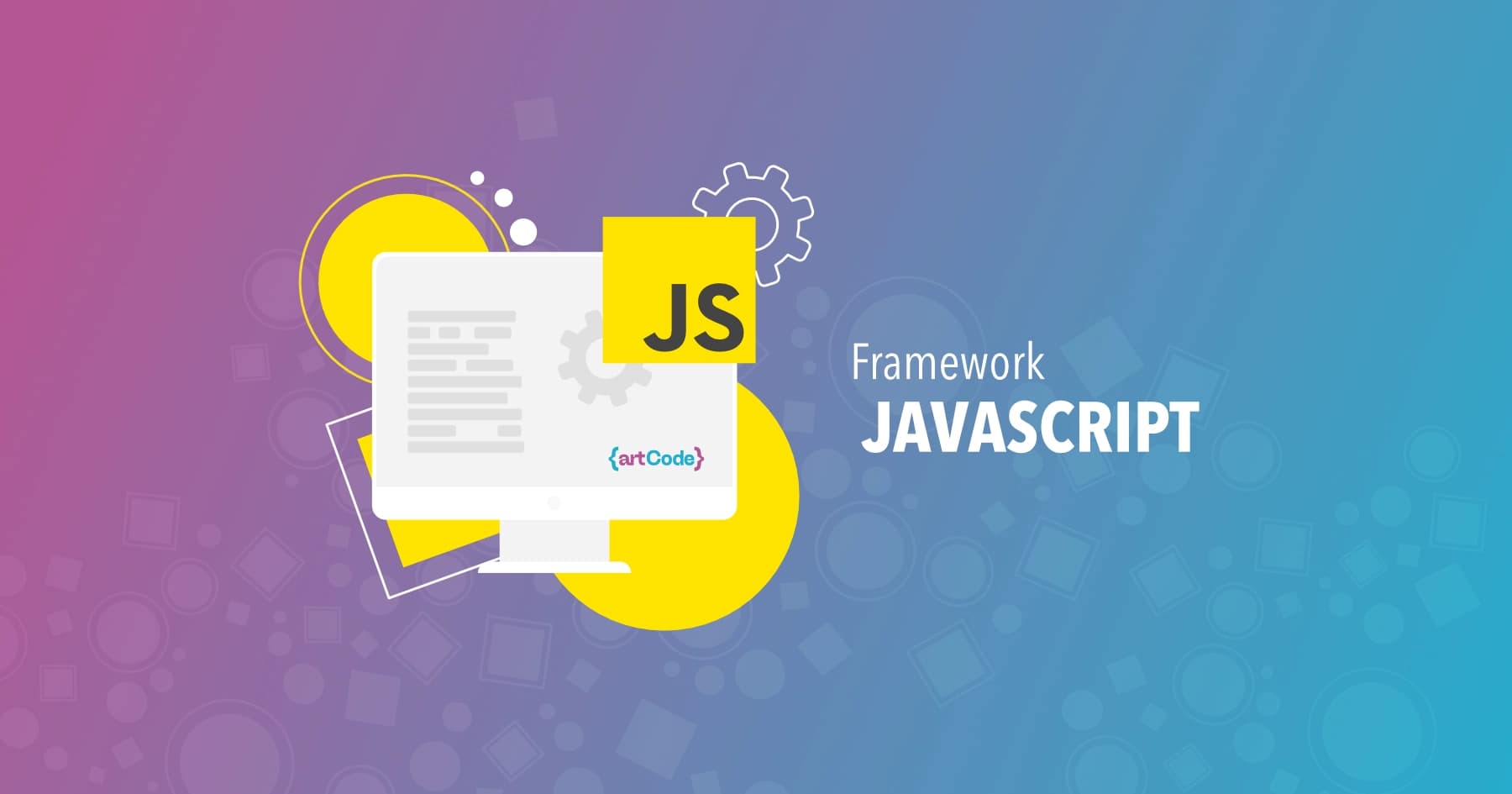JavaScript ES6 (ECMAScript 2015) introduced many new features and improvements to the programming language, providing developers with a more powerful tool for creating modern web applications. Alongside JavaScript ES6, numerous frameworks and libraries have emerged that fully leverage the new language features. In this article, we'll explore some of the main JavaScript ES6 frameworks and libraries and provide illustrative examples.
React.js: React.js is a JavaScript framework for creating reactive user interfaces (UI). It's known for its declarative approach to creating reusable components. React.js, in addition to having methods for state management within the application such as React Context, integrates well with libraries like Redux and MobX. Furthermore, React.js proposes a functional component approach. Here's an example of how to create a basic React component:
import React from 'react';
const MyComponent = (props) => {
return <h1>Hello from a React.js functional component!</h1>;
}
export default MyComponent;Vue.js: Vue.js is a progressive framework for creating reactive user interfaces. It's known for its simplicity and is easily integrable with existing projects. Vue.js offers a state management library called Vuex, which is similar to Redux. Here's an example of creating a Vue component:
<div id="example">
<my-component></my-component>
</div>
<script>
Vue.component('my-component', {
template: '<div>Hello from Vue.js!</div>'
})
new Vue({
el: '#example'
})
</script>Angular is a complete framework for building scalable and complex web applications. Based on TypeScript, Angular offers a wide range of features for developing reactive and performant user interfaces. Angular also offers a state management system called Angular Service. Services can be used to share data between components and to execute business logic operations. Let's see an example of creating a component in Angular:
import { Component } from '@angular/core';
@Component({
selector: 'my-component',
template: `
<h1>Hello from Angular!</h1>
<p>Prop: {{ myProp }}</p>
`,
})
export class MyComponent {
myProp: string = 'Example value';
constructor() {
// Component initialization code
}
}Next.js: Next.js is a React framework that adds features for building server-side rendering (SSR) and client-side rendering (CSR) web applications. Next.js simplifies routing, dynamic page rendering, and integration with external APIs. You can use state management libraries like Redux or React Context within a Next.js app to manage the application's global state. Here's an example of how to create a page with Next.js that receives props:
import React from 'react';
const MyPage = ({ myProp }) => {
return <h1>Hello from Next.js! Prop: {myProp}</h1>;
};
export async function getServerSideProps() {
// Example of fetching data from the server
const response = await fetch('https://api.example.com/data');
const data = await response.json();
return {
props: {
myProp: data.myData,
},
};
}
export default MyPage;In the example above, the getServerSideProps function is used to fetch data from the server and pass it as props to the MyPage component. The function is executed during the server rendering phase before sending the page to the client. The retrieved data can be used to initialize the component with dynamic values.
And that's all for this article! A good overview of the four frameworks/libraries currently popular and probably among the most performant!
